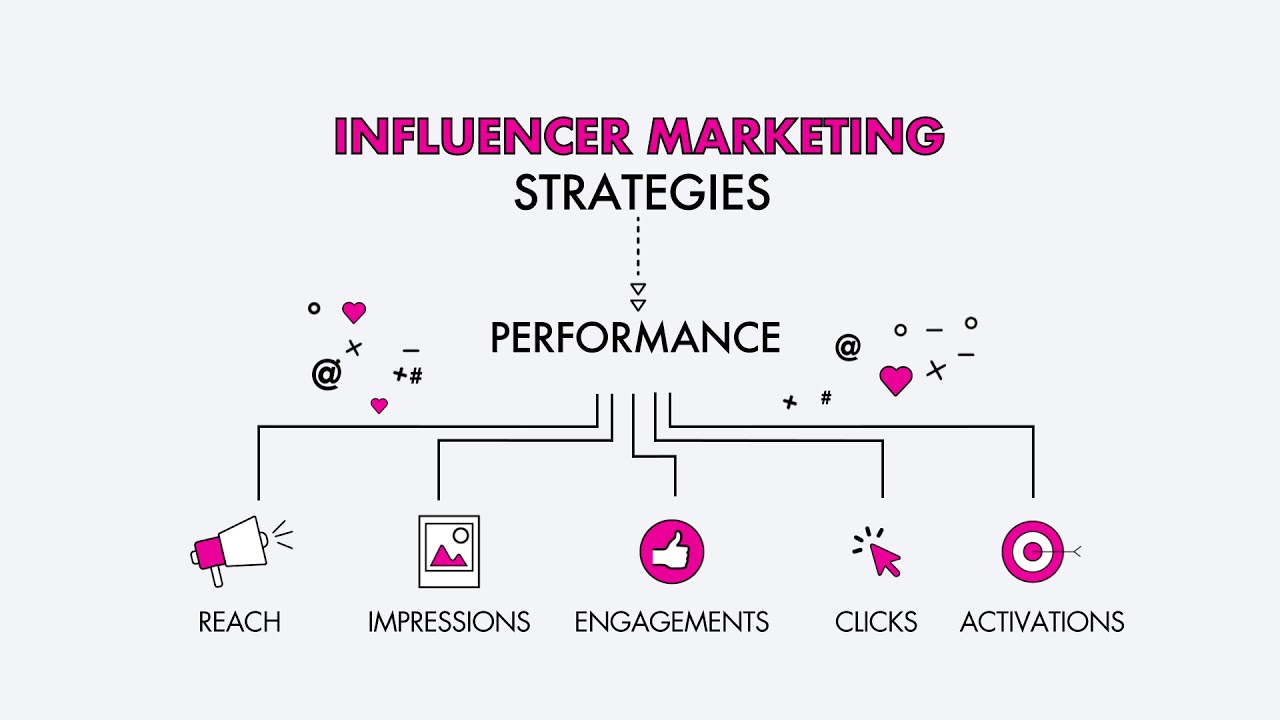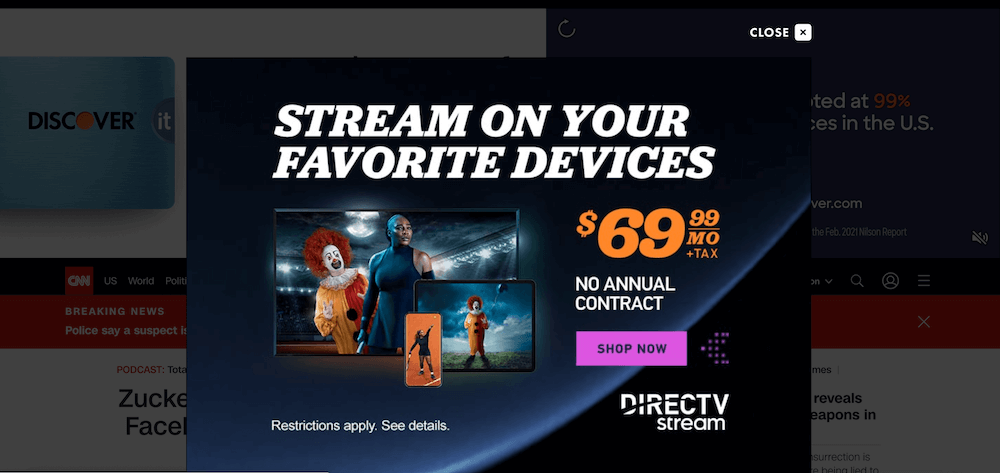
There are a few key elements to remember when it comes to creating and implementing an integrated strategy for marketing. These include: Creating a compelling idea, understanding your target market, choosing marketing channels, and setting goals. The RACE Framework is a great tool to use to ensure that all channels align with each other. It is important to use different marketing channels at different times, but these must be coordinated with each other to get the most benefit from your marketing efforts.
Create a compelling idea
Integrating marketing campaigns requires a strong idea. Your message should excite your audience enough to make them want to act. It should educate them on your brand and lead them to your desired end point. It is more than just an advertisement campaign. An integrated marketing campaign requires a message that guides users to the desired end point. These are some ways to create compelling integrated marketing campaigns.
Understanding your target market
Integrated marketing requires that you be sensitive to the various types of consumers you're targeting when you market. Many customers won't be able to find you on Facebook or in magazines. Multiplying your platforms will allow you to reach more of your target audience. A customer analysis will allow you to determine the marketing mediums that your target market prefers. The first step to creating integrated marketing campaigns is understanding your target audience.

How to choose marketing channels
Integrated marketing strategies use multiple channels to reach your target market. These campaigns often make use of the same visual elements in different contexts, such as a headline with an eye-catching headline. They use consistent language when discussing the brand. The right mix of channels can help you maximize your return on investment and meet your marketing goals. Some channels have more interaction than others. Other channels are visual or outbound only. Which channels are most effective for your brand and why?
Setting goals
Setting goals is key to improving your marketing strategy. Your team will be able to set realistic goals and achieve them by setting measurable timeframes. Goal-oriented marketing is about aligning your objectives with concrete timeframes. As an example, your goal might be to increase the number of software subscriptions or to be a thought leader in your area. Once you have defined your goals for your integrated marketing campaign you should discuss realistic timelines, and how much work is required to reach them.
Integrated marketing: Storytelling
Storytelling is a powerful form of integrated marketing. Stories can awaken empathy, build brand awareness and generate sales conversions. Emotional connections are a direct result of great storytelling, and they result in higher engagement rates and higher marketing conversions. But how do you use storytelling to make your marketing campaigns more effective? These tips will help you to create compelling stories. You might be amazed at what you discover.

FAQ
What makes content marketing work?
Yes! Hubspot reports that Content Marketing has been ranked as one of three top digital marketing channels in lead generation.
What does content marketing have to offer that is different from traditional advertising.
Traditional advertising focuses primarily on attracting attention. Content Marketing focuses more on creating value. Traditional advertising can be a waste of money as most people ignore it. However, content marketing can lead to much higher engagement rates.
What is the ROI of a Content Marketing Strategy for me?
Businesses that implement a Content Marketing Strategy are likely to see an average ROI between 5x and 10x more than those who don't.
A Content Marketing Strategy is used to generate leads and sell.
It can also provide valuable insight into your company. These insights allow you to make smarter decisions, such as identifying new opportunities and improving customer service.
So, if content marketing strategy is something you're interested in, here are some numbers:
You can easily double your overall revenue.
Where should I start with Content Marketing?
Start by identifying who your audience is. Who are they? What are their needs and wants? What are their needs? How can you help them?
What is the difference of content marketing and content production?
Content marketing is the idea that all great brands have the same message. They are consistently delivering valuable information that people want and need.
Content marketers understand how to create the best content for each channel at various times.
They also know how to implement a successful strategy in promotion and distribution.
Also, they are strategic about what they do and why they do it.
This is the core skill required to be successful as a content marketer.
What is Content Marketing Strategy?
Content Marketing Strategy allows you to access data that you might not otherwise have. This data allows you to measure which types of content perform better than others.
It will help you determine the best strategies to increase traffic to your website. It provides insight into your audience's behavior, which can help you create better content.
This allows you to focus on the good content and less worrying about whether it works.
A Content Marketing Strategy also helps you analyze what messages resonate most with your audience.
You can find out their preferred content by analysing these messages. You can then create similar content and continue to develop your successful ideas.
Finally, a Content Marketing Strategy will help you track how your content performs. You will see which content types are performing better as you share more.
In short, a Content Marketing Strategy is the key to ensuring your content performs as intended.
Statistics
- Content marketing produces 3X more leads per dollar spent. Content marketing costs 62% less than traditional marketing. (criteo.com)
- Progress indicators (0–100%) allow each team member to see how attainable each goal is and understand what remains to be accomplished. (semrush.com)
- An example of an overarching goal could be: "In 2022, we want to achieve a 20% increase in revenue created by organic content and generate 15,000 MQLs with a budget of $30,000." (semrush.com)
- This marketing strategy landed Ford a 15.4% conversion rate. (neilpatel.com)
- According to research compiled by Coschedule: Companies that publish 16+ blog posts a month get as much as 3.5x as much traffic as those that publish 0-4 posts a month. (criteo.com)
- Out of the 1,500 marketers we surveyed for our State of Content Marketing report, 78% who felt their content marketing strategy was exceptionally effective in 2021 had documented their strategy. (semrush.com)
- Companies that use content marketing see approximately 30% higher growth rates than businesses not using it. (mailchimp.com)
- According to the Content Marketing Institute, 70% of B2B marketers and 86% of B2C marketers surveyed use content marketing in some form or other. (criteo.com)
External Links
How To
What is a Content Marketing Plan?
A content marketing strategy (CMP) helps you set your goals and objectives. It also gives you strategies to develop and execute your online presence. It is a guideline for achieving those goals through content creation, distribution, and other means.
The CMP can be broken down into three areas:
-
Your overall strategy. What are your goals?
-
Your content strategy – Where can you find the right people who will write, curate and distribute your content content?
-
The strategies you'll use in order to implement your strategy. What channels will your content be shared on? Which types of content can you create?
An effective CMP includes these four components:
-
Goal Setting - Define your target audience, and establish measurable KPIs to measure success.
-
Audience Research - Understand your ideal customers so you know exactly where to look for them.
-
Strategy – Develop a clear vision and strategy for where you want to be. Next, break it down into smaller parts.
-
Execution – Set realistic expectations about when you can expect to see results.